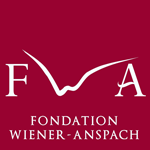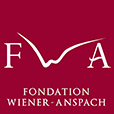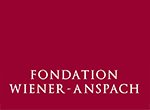Throughout 2024, we had the pleasure of receiving updates from Wiener-Anspach Fellows and Alumni regarding the publication of articles related to their research. We thank them and wish them another equally fruitful year ahead!
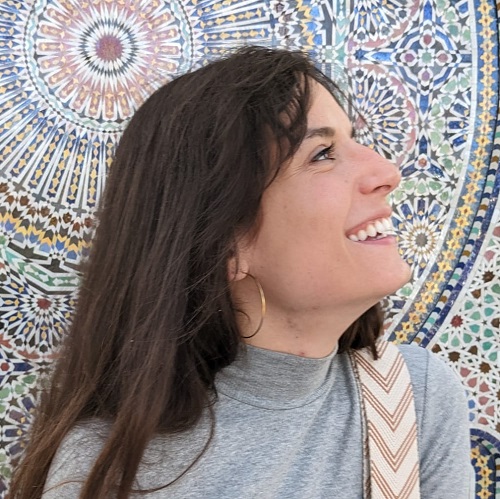 Laura Alvarez (PhD in History, Art History and Archaeology, ULB) recently concluded a two-year stay at the University of Cambridge, where she worked on a research project titled “Delving into the Bronze Age through the Mirror: A Study of Mirrors in Cyprus in the 13th–12th Centuries BCE.” In May 2024, she co-authored the article “An Aegean Mirror from Hala Sultan Tekke, Cyprus” with Rainer Feldbacher, Yuko Miyauchi, Kirsi Lorentz, and Peter M. Fischer (Oxford Journal of Archaeology, Volume 43, Issue 2).
Laura Alvarez (PhD in History, Art History and Archaeology, ULB) recently concluded a two-year stay at the University of Cambridge, where she worked on a research project titled “Delving into the Bronze Age through the Mirror: A Study of Mirrors in Cyprus in the 13th–12th Centuries BCE.” In May 2024, she co-authored the article “An Aegean Mirror from Hala Sultan Tekke, Cyprus” with Rainer Feldbacher, Yuko Miyauchi, Kirsi Lorentz, and Peter M. Fischer (Oxford Journal of Archaeology, Volume 43, Issue 2).
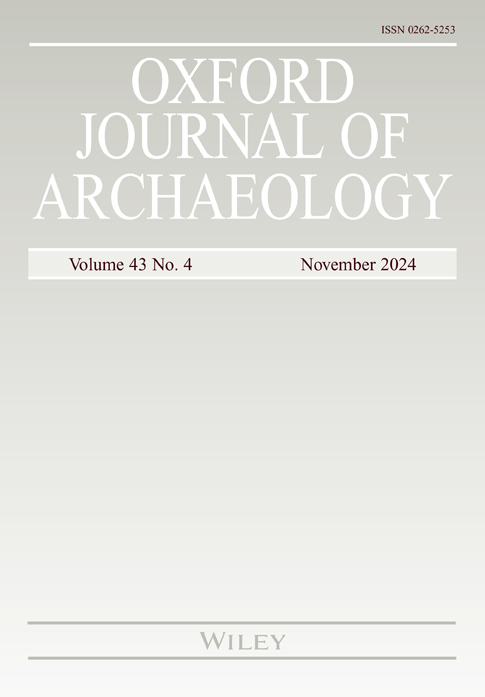 Abstract
Abstract
This study deals with the results of the 2023 fieldwork at the extramural cemetery of the Late Bronze Age harbour city of Hala Sultan Tekke. One of the three excavated tombs in 2023 was the undisturbed Chamber Tomb XX, which is dated around 1300 BC. It contained a riveted bronze mirror, a rare type in Cyprus at that time, which is part of a mortuary context of four individuals out of a total of 17 individuals and 264 complete objects, many of them imported from a vast area, which includes the Mycenaean, Minoan, Egyptian and Levantine cultures. The current paper presents this mirror and associated contexts. As regards the provenance of the mirror, the Aegean is suggested as the area of manufacture, and more precisely Crete, suggesting potential evidence of direct contact between individuals from Crete and Hala Sultan Tekke.
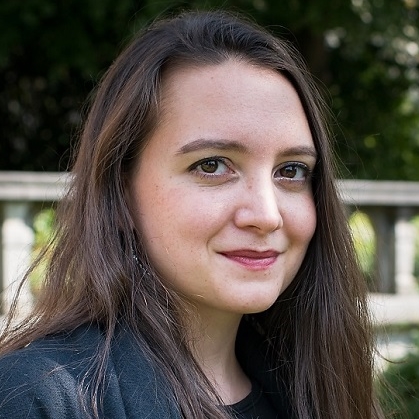
Also a Wiener-Anspach Fellow from 2022 to 2024, Marie Linos (PhD in History, Art History and Archaeology, ULB) worked at the University of Oxford on a project titled “Conjugated Science: British Scholarly Couples and the Making of a Transatlantic Social Science (1890–1940).” In an article published in the Journal of the History of the Behavioral Sciences, she traces the history of the first women to be granted postdoctoral fellowships by the Social Science Research Council (“Professional Opportunities, Gender Obstacles, and Narrowed Progression: The Case of the First Social Science Research Council Female Fellows (1925–1934)”, Volume 60, Issue 4, Fall 2024). Today, Marie Linos is a Temporary Lecturer and Research Assistant in Educational Sciences at the University of Picardie Jules Verne, in Amiens.
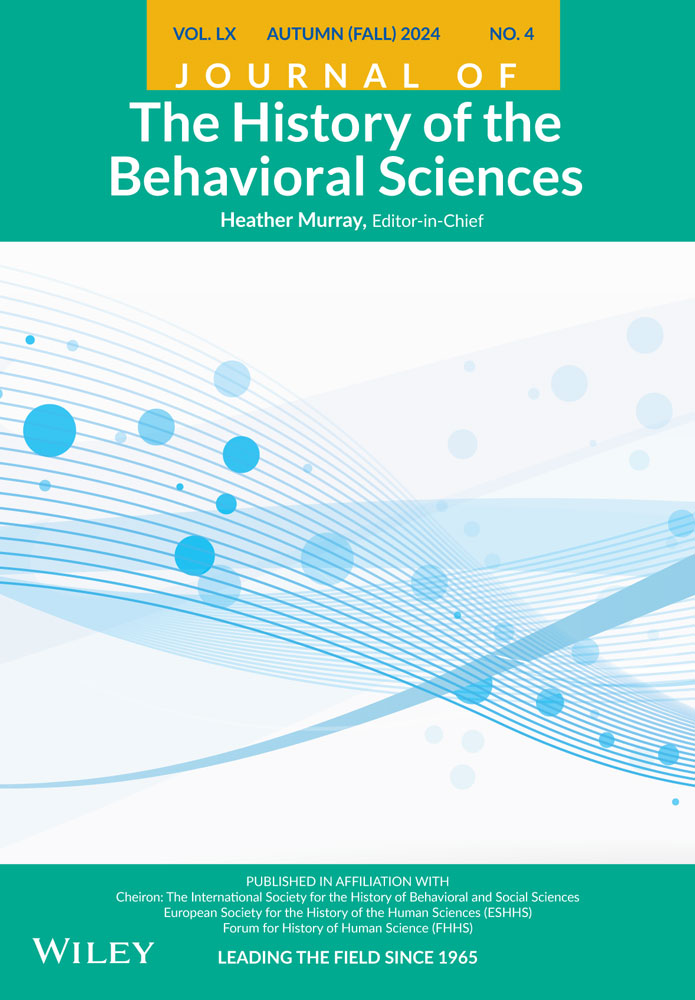 Abstract
Abstract
Between the years 1925 and 1934, the Social Science Research Council (SSRC) awarded 198 postdoctoral research fellowships to early-career social scientists, among which 29 were awarded to women. This article, which is based on the SSRC directory and Rockefeller institutions’ records, examines the professional paths of these female fellows to shed light on the presence of women in the social sciences and to probe the peculiarities of their professional trajectories. The SSRC fellowships represented a significant professional prospect for brilliant young female graduates who were often denied similar opportunities in other fields. Nonetheless, they did not eradicate all gender discrimination that remained prevalent, not only in the vertical sense by preventing women from progressing in the academic hierarchy, but also in the horizontal sense by retaining them in designated spaces (specific disciplines or institutions) that were underrecognized. Ultimately, the analysis of women’s professional paths underscores the importance of examining the private or intimate lives of scientists to gain a more in-depth understanding of the social structure of science and its impact on its protagonists.
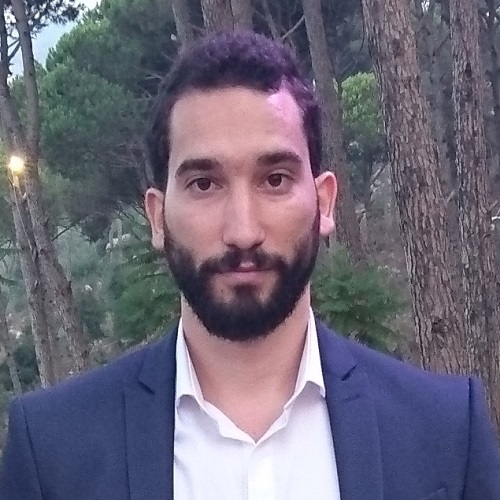 Michael Jabbour (PhD in Engineering Sciences and Technology, ULB) was a Wiener-Anspach Postdoctoral Fellow from 2018 to 2020 at the University of Cambridge, where he worked on a research project titled “Majorization Relations and Entropic Inequalities for Evaluating the Capacities of Bosonic Quantum Channels.” Co-authored with Koenraad Audenaert, Bjarne Bergh, Nilanjana Datta, Ángela Capel and Paul Gondolf, his article “Continuity Bounds for Quantum Entropies Arising from a Fundamental Entropic Inequality” was published on arXiv in October 2024.
Michael Jabbour (PhD in Engineering Sciences and Technology, ULB) was a Wiener-Anspach Postdoctoral Fellow from 2018 to 2020 at the University of Cambridge, where he worked on a research project titled “Majorization Relations and Entropic Inequalities for Evaluating the Capacities of Bosonic Quantum Channels.” Co-authored with Koenraad Audenaert, Bjarne Bergh, Nilanjana Datta, Ángela Capel and Paul Gondolf, his article “Continuity Bounds for Quantum Entropies Arising from a Fundamental Entropic Inequality” was published on arXiv in October 2024.
Dr. Jabbour was appointed as Associate Professor in Quantum Communication at Télécom SudParis, Institut Polytechnique de Paris in December 2024. For more information about his research, you can visit his personal page.
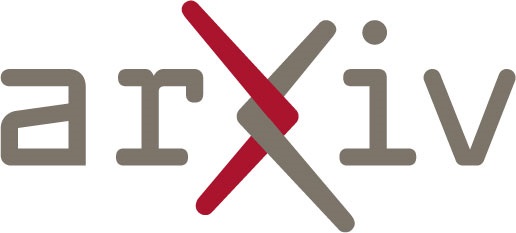 Abstract
Abstract
We establish a tight upper bound for the difference in von Neumann entropies between two quantum states, ρ1 and ρ2. This bound is expressed in terms of the von Neumann entropies of the mutually orthogonal states derived from the Jordan-Hahn decomposition of the difference operator (ρ1−ρ2). This yields a novel entropic inequality that implies the well-known Audenaert-Fannes (AF) inequality. In fact, it also leads to a refinement of the AF inequality. We employ this inequality to obtain a uniform continuity bound for the quantum conditional entropy of two states whose marginals on the conditioning system coincide. We additionally use it to derive a continuity bound for the quantum relative entropy in both variables. Interestingly, the fundamental entropic inequality is also valid in infinite dimensions.
 Amdemichael Tadesse (PhD in Sciences, ULB) is a Wiener-Anspach Postdoctoral Fellow at the University of Oxford, where he is carrying out a second year of research on the topic “Evolution of Volatiles in a Silica-Rich Magmatic System in the Ethiopian Rift: Analysis of Apatites from Tullu Moye,” under the supervision of Professors David Pyle and Tamsin Mather (Department of Earth Sciences). In December 2024, together with his colleagues Karen Fontijn, Paul A. Wallace, Lucia Gurioli, Priya Laha, Herman Terryn, and Dereje Ayalew, he published the fourth and final paper resulting from his PhD, titled “Eruption Style and Dynamics of the ~ 87 ka Baricha Peralkaline Rhyolite Eruption in Ethiopia” (Bulletin of Volcanology, Volume 86, Issue 1).
Amdemichael Tadesse (PhD in Sciences, ULB) is a Wiener-Anspach Postdoctoral Fellow at the University of Oxford, where he is carrying out a second year of research on the topic “Evolution of Volatiles in a Silica-Rich Magmatic System in the Ethiopian Rift: Analysis of Apatites from Tullu Moye,” under the supervision of Professors David Pyle and Tamsin Mather (Department of Earth Sciences). In December 2024, together with his colleagues Karen Fontijn, Paul A. Wallace, Lucia Gurioli, Priya Laha, Herman Terryn, and Dereje Ayalew, he published the fourth and final paper resulting from his PhD, titled “Eruption Style and Dynamics of the ~ 87 ka Baricha Peralkaline Rhyolite Eruption in Ethiopia” (Bulletin of Volcanology, Volume 86, Issue 1).
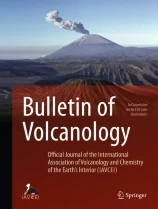 Abstract
Abstract
Peralkaline rhyolites are a rare magma type, typically associated with continental rift settings, and characterised by excess alkalis relative to alumina and a moderate-low viscosity compared to calc-alkaline equivalents. Despite their prevalence in extensional rift settings, such as the Main Ethiopian Rift, eruption dynamics of peralkaline magmas are poorly understood and have never been directly observed. To address the knowledge gap, this study investigates the style and dynamics of the ~ 87 ka explosive eruption at Baricha volcano as a case study. This eruption deposited widespread pumice lapilli fall and pyroclastic density currents, which provide valuable information on pre- and syn-eruptive magmatic processes. By examining the physical and textural features of the eruption products at different stratigraphic levels, we reconstruct eruption dynamics over time. Our analysis reveals that the eruption had three distinct phases, each characterised by different types of tephra fall deposits and associated with different plume and vent conditions. Specifically, deposits of phases 1 and 3 were characterised by massive and well-sorted tephra falls indicative of sustained plume behaviour, while phase 2 deposits were bedded, lithic-rich (i.e. non-juvenile fragments) tephra falls, and pyroclastic density current deposit associated with an unsteady plume and vent-widening phase. The pumice (8–16 mm size fraction) from this eruption is microlite-free, with a bulk density of 400–700 kg m−3 and > 60% total vesicularity. The vesicle size distribution is polymodal, with the most frequent size ranging from 0.001 to 2.4 mm and an estimated vesicle number density of 0.07*107 to 1.6*107 mm−3. The textural observations suggest rapid nucleation occurred during the late phases of magma ascent. Calculated decompression rates of the ascending magma were 0.07–5.6 MPa/s and show a variation between the eruption phases. We conclude that the shift in eruption dynamics alternating between steady to unsteady plume behaviour during the eruption was likely driven by changes in conduit geometry, lithic abundance of the eruptive mixture, decompression rate, and fresh magma injection.
